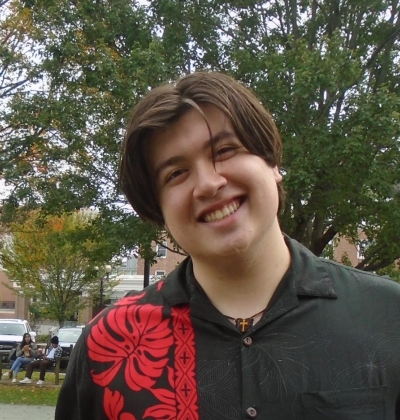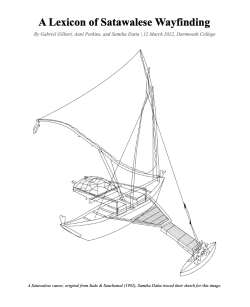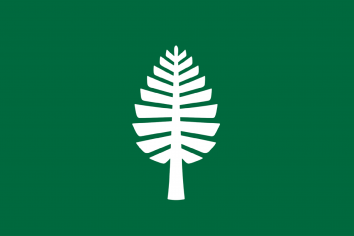
My Language Documentation Class in Hilo, Hawaiʻi!
During my junior winter term in 2022, I had the opportunity to spend the term in the state of Hawaiʻi, on the islands of Oʻahu and Hawaiʻi Island, also known as Big Island. As is the case with Dartmouth Study Abroad experiences, either international or domestic, Dartmouth professors travel with you—this was the case for my class on language documentation, Linguistics 54.
This class, taught by Professor Laura McPherson, is a hallmark of the annual Linguistics Foreign Study Program (FSP). During the class, we learned about what it means to be a linguist when conducting language documentation in communities around the world. Importantly, we touched on the ethics involved in language documentation—how do we center community needs and craft projects that aren't just beneficial from a scholarly perspective, but help communities revitalize their language or educate their own members? More importantly, how can we be partners with the communities we serve rather than just knowledge-seeking outsiders?
In Week 5, our program traveled from O'ahu to Big Island, where we lived on the campus of the University of Hawai'i at Hilo. While there, we studied the Hawaiian language and language revitalization in the Hawaiian context, before beginning our fieldwork for our Linguistics 54 class. We were to work with two Micronesian languages known as Woleaian and Satawalese. As is the case with linguistics fieldwork, we worked with a consultant—in our case, a fluent speaker of the Satawalese language and someone with incredible knowledge of Satawalese culture and traditional practices. We quickly learned that the Satawalese people have an incredible tradition of wayfinding, or specifically of non-instrument ocean navigation. In canoes without any electronic implements or GPS, the Satawalese people use the sky to travel around the Pacific. We decided to craft a project that presented the Satawalese language alongside our consultant's extensive knowledge, thus working to create a product we could share with the community.

At the end of our program, we presented our final project portfolio: two lexicons, one in English and one in Hawaiian, that documented the different vocabulary used in Satawalese wayfinding and navigation, and a website which contained our entire dictionary in searchable form, as well as interactive diagrams of both a Satawalese waa (canoe) and a star compass. Seeing all of our work pay off via the enthusiasm of the community response was an incredible reward after a term of work, and I couldn't be more grateful for the opportunity. If you're even slightly considering studying-abroad, do it! A hui hou aku, until next time!
Picture credit for the cover to this post goes to my amazing classmate/photographer, Julia Levine '23!


















